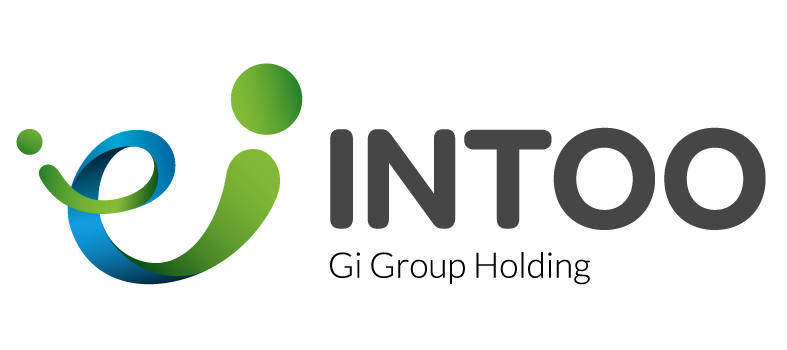What is Job Enrichment?
Job enrichment is a job design strategy aimed at making a role more engaging, meaningful, and satisfying by adding variety, responsibility, and opportunities for personal growth. Rather than simply increasing the number of tasks (known as job enlargement), job enrichment focuses on enhancing the depth and quality of the work itself.
Key elements of job enrichment may include:
-
Increasing autonomy (giving employees more control over how they do their work)
-
Expanding responsibilities (adding more complex or decision-making tasks)
-
Encouraging skill development (providing learning opportunities or challenges)
-
Creating clear connections between work and outcomes
-
Offering feedback and recognition
The goal is to empower employees, stimulate motivation, and help them feel more invested in their roles.
Why is Job Enrichment Important?
Job enrichment plays a critical role in fostering a high-performing and satisfied workforce. Here’s why it matters:
-
Boosts Motivation: When employees are given meaningful tasks and more control over their work, they’re more likely to stay engaged and self-driven.
-
Improves Job Satisfaction: A well-enriched job can lead to greater fulfillment and a stronger emotional connection to one’s work.
-
Encourages Skill Growth: By challenging employees and broadening their responsibilities, job enrichment supports personal and professional development.
-
Reduces Turnover: Employees who find their work stimulating and valuable are more likely to stay with the organization long-term.
-
Enhances Productivity and Innovation: Engaged employees tend to perform better and contribute more creatively to problem-solving and process improvement.
In summary, job enrichment not only benefits individual employees—it also strengthens the organization by building a more dynamic, motivated, and capable workforce.




